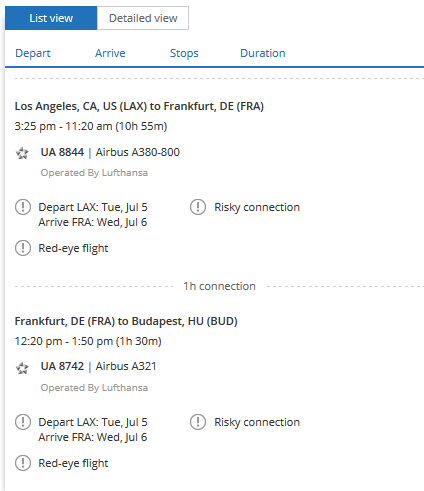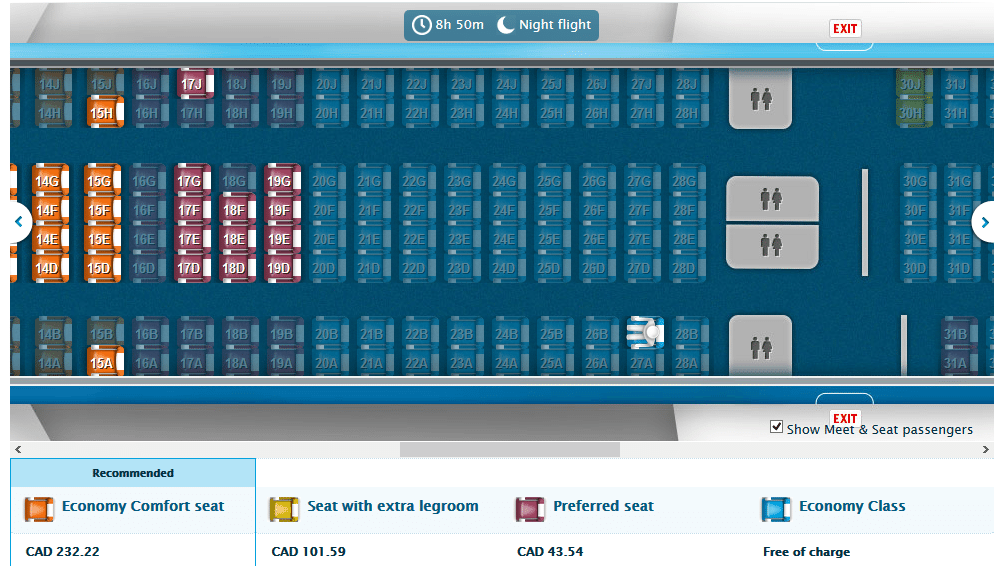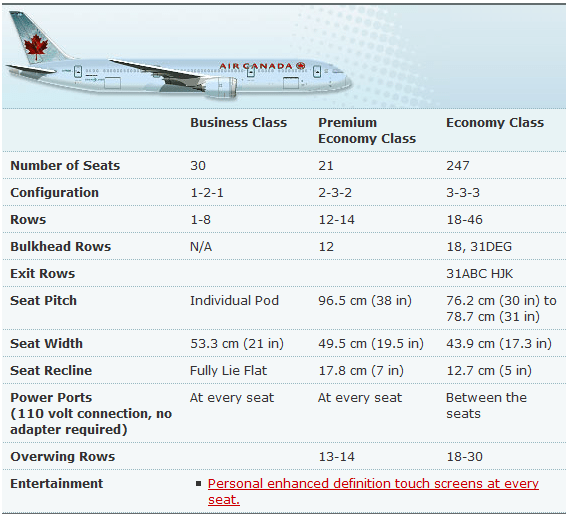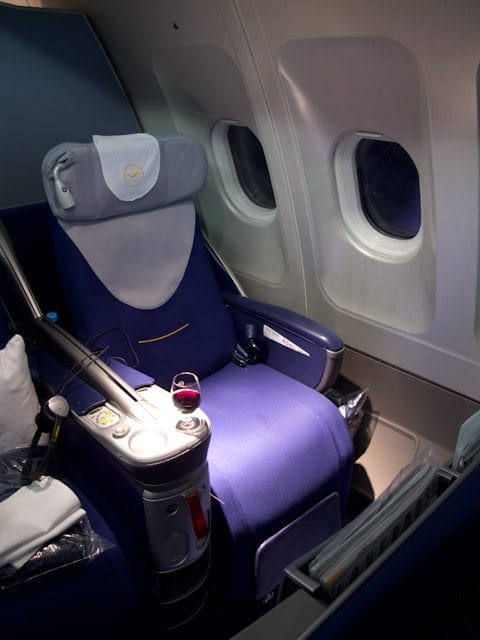The most uncomfortable flight I’ve ever had was from Miami to Frankfurt this past March with Lufthansa. It wasn’t because the flight crew were rude (they weren’t) or the plane was old (it wasn’t). It was because I didn’t do my homework before booking it.
Not only did I get nailed with a short connection compounded by a delayed inbound flight, but I spent the eight-hour flight across the Atlantic with the left side of my head pressed up against the curving bulkhead wall of the plane’s fuselage. Fuselage that, I might add, lacked the windows and storage compartments available to me just one row behind. I spent the entire flight genuinely hating the experience, for two reasons: one, that airlines care rather little for passenger comfort back in coach and two, because I hadn’t paid attention to the seat I was choosing or the connection time I was agreeing to.
What can you do to make your journey across the pond more comfortable? Here’s our checklist of things to work through before booking your next flight to Europe:
Don’t Take A Chance on Risky Connections

You’ve found the perfect flights, on the airline you want, and the aircraft you like. There’s just one problem: The connection times are tight. Our advice? Don’t risk it. Anything less than a two-hour connection in many airports in Europe is asking for trouble; a 90-minute connection in Frankfurt will involve substantial running between terminals, and increased passport and security checks at Amsterdam Schiphol held us up for nearly 45 additional minutes on our last journey through that airport in April.
Consider this: Two hours sounds like a lot of time at an airport, but it’s really not. If your inbound aircraft is just 30 minutes late, that leaves you with only 90 minutes to:
- De-plane
- Pass through Customs and Border controls
- Pass through Security
- Traverse the airport (your arrival and departure terminals are never in the same spot)
- Use the washroom
- Board your next flight
If you have a few hours between flights, you can rest easy: Any holdups at passport control or security will just eat into what would otherwise be free time. If you’re under the gun to start with, it’s surprisingly easy to miss your flight.
Keep in mind too that airports like Frankfurt and London frequently use “remote stands” – a sort of phantom gate that doesn’t exist. Instead, you’ll be bussed from the terminal to your aircraft, which could be parked on the tarmac up to a 15-minute bus ride away.
Pick Your Seats Online – Now

Don’t wait until online check-in, even if you have to pay for seat selection. Waiting until check-in virtually guarantees you’re going to get screwed out of the seats you want. Instead, go online and enter your booking code and last name into the “Manage My Bookings” section of your airline’s website. Chances are good you’ll be able to select your seat, either for free or for a nominal fee. Don’t see it? Give your airline a ring and ask about advance seat selection – unless, that is, you like Row 64 H and K by the bathrooms.
Splurge For “Special” Seats
In many cases, it makes good financial sense to splurge for the plane’s “special” seats. You know the ones: the six or so that happen to be adjacent to one of the plane’s emergency exits, or the ones that border a bulkhead divider separating business from premium economy, or premium economy from economy.
These seats typically have more legroom than others onboard the aircraft, and most airlines will want a small supplement added to your overall fare for them. But it’s a small price to pay to fly to Europe without someone reclining their seat in front of you for eight straight hours.
Give Premium Economy a Try

Don’t be afraid to try Premium Economy seating if it’s offered by your airline of choice. On nearly all airlines, Premium Economy gives you two things: more legroom and seating near the front of the aircraft, the latter of which can be quite important if you’re worried about a tight connection (but you didn’t book one of those in the first place, did you?)
Some airlines, however, really roll out the Premium Economy welcome mat. Air France, for example, gives you SkyPriority status that includes priority check-in, boarding, and two free bags per person. Air France has its Premium Economy seats in a separate “mini-cabin” nestled between Business and coach, and its seats are almost like domestic first-class seats, with a 2x4x2 configuration on the Boeing 777-200ER instead of 3x4x3.
It’s not quite business, but it’s a heck of an improvement over coach.
Don’t Assume Business Class Is Out Of Reach

Finally, don’t assume you can’t afford Business Class, as there are a number of ways to get these coveted seats without paying full fare for them:
- Watch for seat sales. Business class is never cheap, but it can be inexpensive. Watch for sales that offer discounted fares, or ones that will let you use points to purchase seats in this cabin.
- Ask at check-in. Some airlines, like KLM and Air Canada, will routinely ask during Web Check-in if you’d like to upgrade to Business Class. Sometimes this price is exorbitant, but sometimes it’s a great deal (we’ve seen Business Class seats on KLM from Vancouver to Amsterdam go for just over $500 Canadian dollars at web check-in). Also, it never hurts to ask at the desk, either, if web check-in isn’t your thing.
- Use Your Points. This is often a complicated game because, lets face it, airlines don’t really want you to use your points on anything. However, if you have the right frequent-flier status and you’ve purchased a ticket in an applicable fare code, you just might be able to get yourself on the waitlist for Business Class. Keep in mind that your chances of getting the coveted “message at the gate” for your shiny new J-class boarding pass are directly proportionate to the flight you’re travelling on: If Business regularly checks-in full, you’re not getting upgraded. We’ve had the best luck getting upgrades on out-of-the-way flights, or flights departing at odd times. Bonus: It also pays to hang around the gate if you have frequent-flier status; we’ve been bumped up a handful of times when coach has been oversold.
Flying is one of the most troublesome aspects of any European river cruise vacation, but by being smart about your airfare, it can be an enjoyable experience that gets your river cruise started off on the right note.


